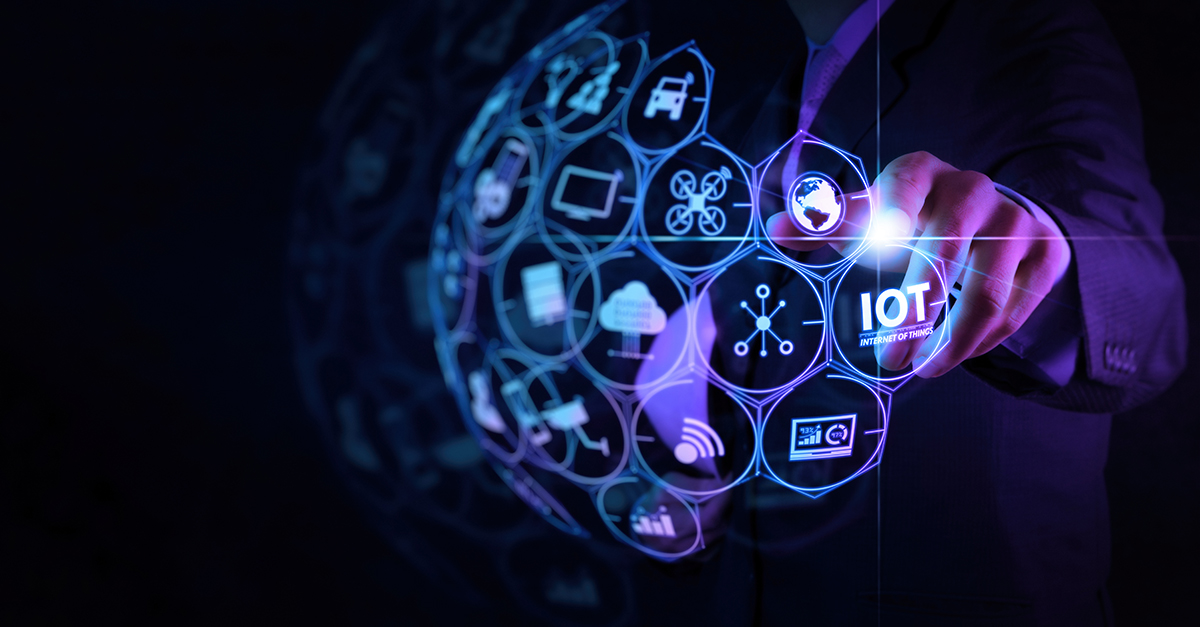Restroom maintenance has long been a challenge for cleaning professionals, facility managers, and building service contractors (BSCs). From hygiene compliance to user satisfaction, the restroom demands placed on cleaning industry professionals are diverse and ever-evolving. Fortunately, amid these challenges lies a transformative solution: smart devices.
Smart technology empowers users to engage in real-time communication with their cleaning staff, enhancing traceability, and elevating hygiene standards. By leveraging smart devices, such as internet of things- (IoT) enabled sensors and touchless solutions, facilities can transcend traditional approaches to restroom maintenance, ushering in a new era of efficiency and effectiveness.
Investigate data-driven technology
One of the primary benefits of adopting smart restroom technology is the ability to collect and analyze data in real-time. This data provides insights into restroom usage patterns, allowing cleaning staff to optimize their workflows and respond proactively to service needs. Moreover, by embracing IoT devices, facility managers gain enhanced visibility into restroom operations, enabling them to make data-driven decisions that improve overall efficiency.
Many BSCs and facility managers struggle to choose among the available technologies, often opting for either expensive solutions or simplistic alternatives that fail to deliver meaningful results. One of the more popular simplistic alternatives—a QR code—is an inexpensive option that requires the use of smartphones. However, many people don’t want to use their personal cell phones to provide feedback. And the Federal Trade Commission warns that scammers can replace or cover the legitimate code with one leading to a fraudulent site to steal personal information.
The other option—restroom IoT systems—can be complicated and costly. These systems generally require facility rewiring, restricting their placement and increasing the cost. This requirement could also result in the technology hardware becoming outdated before the facility can break even from the cost of installing the system.
Balance technology with the human touch
Choosing a balanced smart solution offers a pragmatic approach by providing the necessary functionality without breaking the bank. A balanced solution should prioritize easy implementation and minimal IT involvement, ensuring the system can be seamlessly integrated into existing workflows without causing disruption.
Make sure the solution you choose offers a touchless interface that not only reduces the risk of cross contamination but also provides a convenient platform for users to communicate with cleaning staff. When restroom patrons use the system to report issues—such as restroom leaks and messes or product shortages—the technology enhances the human connection instead of creating more of a disconnect.
Placement of smart devices is also a critical consideration. Strategically position the solutions within restrooms to maximize convenience and accessibility for users. Placing feedback mechanisms and service alerts outside of restrooms or in high-traffic areas compromises usability and undermines the effectiveness of the technology.
Smart restroom solutions offer tangible benefits beyond hygiene and user satisfaction. The transformation of inefficient buildings into smart facilities can yield significant cost savings, further incentivizing investment in IoT-enabled technologies.
Elevate the restroom experience
The adoption of smart devices for smart services represents a paradigm shift in restroom maintenance. By harnessing the power of technology to improve traceability, enhance hygiene standards, and empower users, facilities can elevate the restroom experience for all stakeholders. As we navigate the challenges of the modern workplace, embracing innovation is not just a choice, but a necessity for success. Let us seize the opportunity to revolutionize restroom experiences and pave the way for a brighter, cleaner future.



